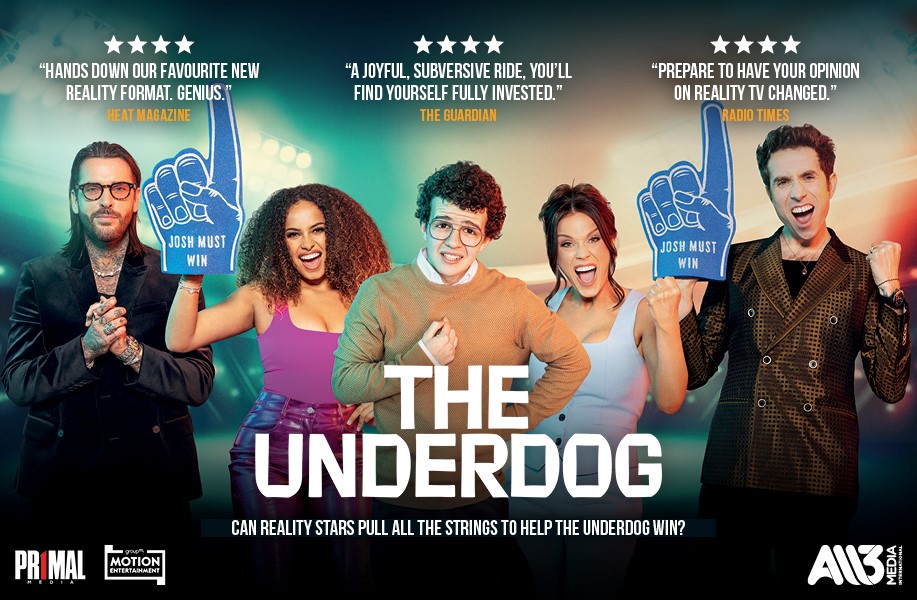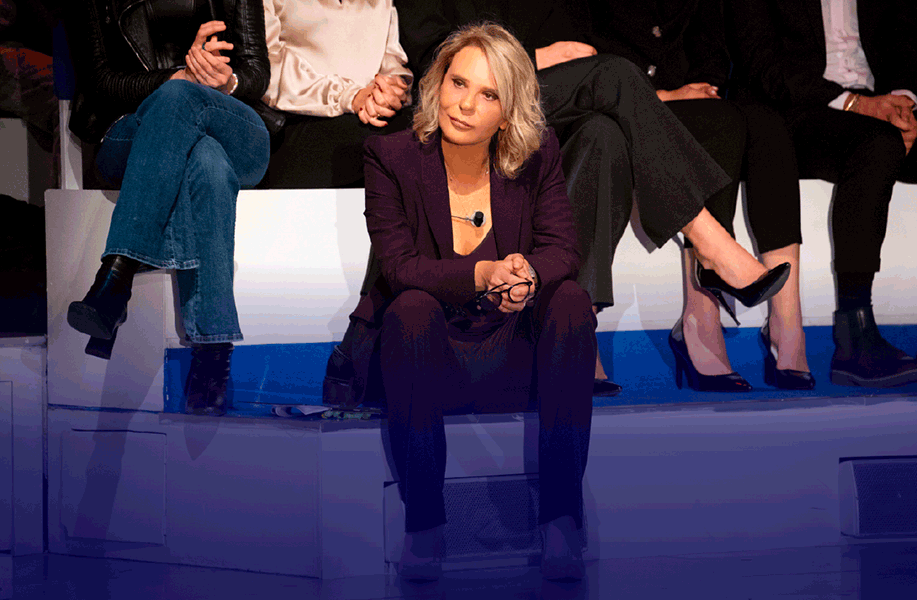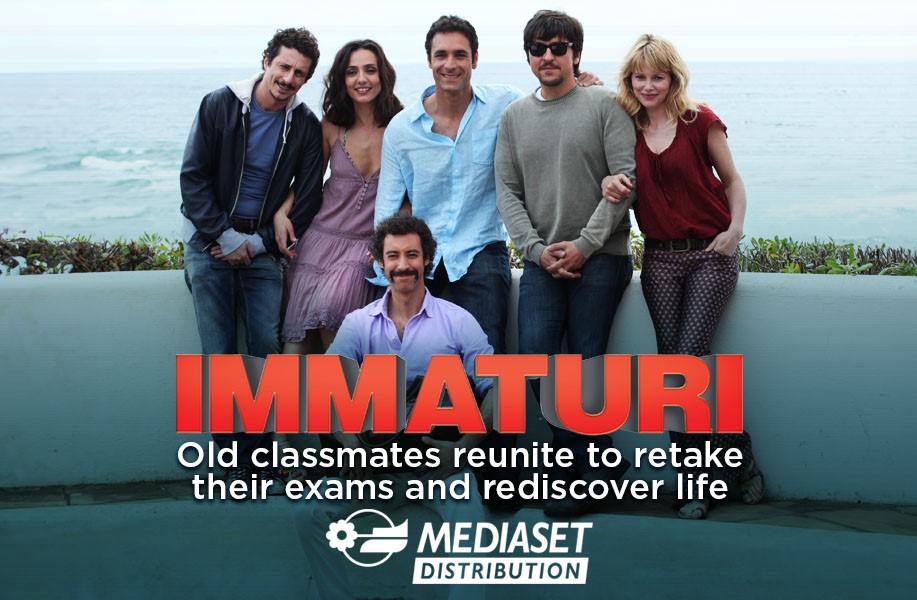Q. Dr Cenni, why is true crime such a central and defining genre within podcasting?
A: Because both in the United States and in Italy, podcasting reached a mainstream audience through true crime — first with Serial by Sarah Koenig, and later with Veleno by Pablo Trincia.It’s one of the genres through which podcasting has defined its own identity and key features. It’s also one of the few genres produced across the board — by independent creators, audio production companies, and traditional media outlets such as newspapers.
Finally, true crime remains today, both internationally and in Italy, one of the most listened-to and profitable podcast genres.
Q. Why do you think this relationship has been so successful? Podcasting seems to be somehow a natural home for the true crime genre.
A: True crime has a long history, but since Serial — and later Veleno in Italy — the connection between the genre and podcasting has proved remarkably effective.
On one hand, the medium and the genre respond to similar production needs: both are relatively low-cost and highly flexible, which makes them a natural match. On the other, podcasting has allowed traditional true crime to evolve — offering more intimate, nuanced, and in-depth forms of storytelling, and attracting a younger and more diverse audience than the genre had typically reached.This transformation can also be seen today in the true crime productions of audiovisual platforms such as Netflix or Disney+, but its roots lie in the podcasting model of true crime storytelling.
Q: In the book, you suggest that looking at true crime podcasting offers a kind of “X-ray” of the podcasting industry itself. What can this genre tell us about the current phase of podcast production and its possible future?
A: Looking at the current landscape, it’s difficult to make clear predictions because the podcasting industry is still evolving. In Italy, for instance, it has yet to establish stable and fully sustainable business models, which makes the market somewhat fragile. At the same time, podcasting proves highly valuable when integrated into broader media ecosystems — in collaboration with television, publishers, or streaming platforms — where it drives strong audience engagement and brand visibility.
Even if it still struggles to sustain itself independently, podcasting has become a structural part of today’s media environment — something that can no longer be left out. A clear example is the recent partnership between Netflix and Spotify, which will bring some of Spotify’s most popular video podcasts to the streaming platform. This also points to its likely future: a growing shift toward video-podcasts rather than purely audio formats.
Q. Finally, true crime never seems to lose its grip on audiences. What explains this lasting appeal — and what opportunities does it open for future storytelling?
A. Indeed, we’re currently witnessing a vast wave of true crime productions across platforms, precisely because it’s a highly adaptable genre. It can take shape as a completely new series or be built around archival materials, allowing for multiple creative options.
One of the most interesting — and profitable — aspects of the genre is that audiences keep engaging with it even when they already know the case or have consumed other true crime content about the same story. It’s an ecosystem that feeds on itself, and this self-sustaining dynamic opens up significant opportunities for serialized storytelling.










